APA's employees visited the territories liberated by the Azerbaijani Army under the leadership of Supreme Commander-in-Chief Ilham Aliyev and prepared a series of reports from those areas in the "In the Footsteps of Victory" project. Here is the next reportage from this series:
The beginning is here: https://apa.az/en/xeber/culture-policy/to-shusha-towards-the-summit-of-victory-photo-355741
House of Haji Dadash
Side of Shusha called New or New estate. Here has been called like that because of being one of the latest settlements made in the 19th century. In the new estate, there is a palace-type historical residential complex called "Mehmandarov's mansion", a spring and a mosque included in the complex, as well as a number of other historical buildings unknown to us.
If I do not make mistake, the possession of Haji Dadash is also in this estate.
By the way, let me say that, majority of settlements in Shusha are differentiated with originality because it bears the traces of the Arran School of Architecture, and pood stones were preferred in their construction.

The house of Haki Dadash may be considered an example of such architecture. Unfortunately, only the walls of this two-storey monument of local importance (like most of the monuments in Shusha, historical buildings, residential houses!) have survived to this day. As I learn in Shusha, During the Soviet era, the building of Shusha Vocational School was located in Haji Dadash's house, and a little above it, at the other end of the street was the school dormitory. The “dormitory” attracts the attention from the first view with a wooden balcony and keeps its charm even with its worn-out view. Generally, this part of the New estate, a river-paved street, tall walnut trees, adjacent houses, ancient wooden doors, like a time machine, immediately takes a person to the 19th century Shusha.
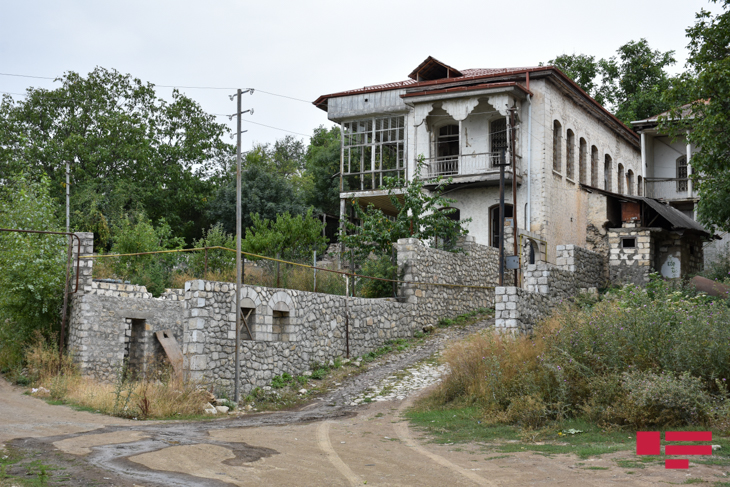
Mansion of Mehmanovs'
One of the monuments protected by the state is a palace-type historical residential complex in the New estate called “Mansion of Mehmanov’s. The hous is one of the most interesting examples of 18th-century architecture of Azerbaijan. The residential complex, which once belonged to the Mehmandarov family, includes large and small residential buildings and a family mosque.
Karim bey Mehmandarov, one of the prominent representatives of Mehmandarov's family - a graduate of the St. Petersburg Academy of Medical Surgery, a well-known doctor, chairman of the Shusha branch of the organization "Difai", whose two sons was repressed in 1937, has lived here. Altough we do not have opportunity to largely touch upon the activity of K. Mehmandarov, we should note that, this person whose heart was always beaten with Azerbaijan, is not only doctor, but also known as a philanthropist, intellectual, and he befriended with the respectful people of his period like Ahmad Bey Agaoglu and Hamida Javanshir (who was also Hamida's family doctor).

The complex has been surrounded by the stone walls. The Mehmandarovs' large apartment building served as the Shusha City Hospital during the Soviet era, and the small building as the Shusha History Museum. After the occupation, the large building was completely destroyed, Many of the museum's exhibits were looted by Armenians because it was impossible to save them.


Those who drink water from spring of “Peace” (Sülh)
A spring locates in front of complex traditionnaly. Like majority of spring in Shusha. The spring in front of Mehmandarov’s has been also constructed in the form of cube. Althiough majoeity of the springs do not operate at present, they are reserved by the state as monuments of the historical importance.
The fountain on the back street of the Yuxhari Govhar Aga Mosque and near the kindergarten differs from the others by its structure. This round fountain that was built in 1979 (inscribed) from limestone depicts boys and girls holding a balloon and a dove, a symbol of peace. But it seems that although our ungrateful neighbors drank from the spring, they did not understand the meaning of his message, chose war instead of living in peace and tranquility, and turned these mysterious lands into hotbeds of war..

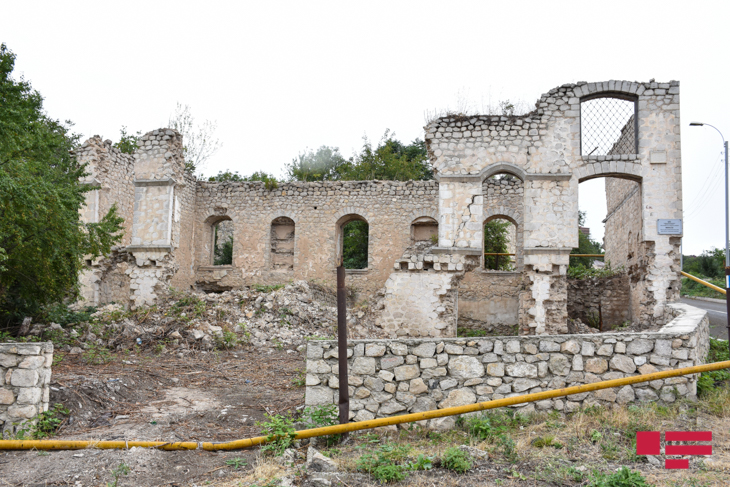
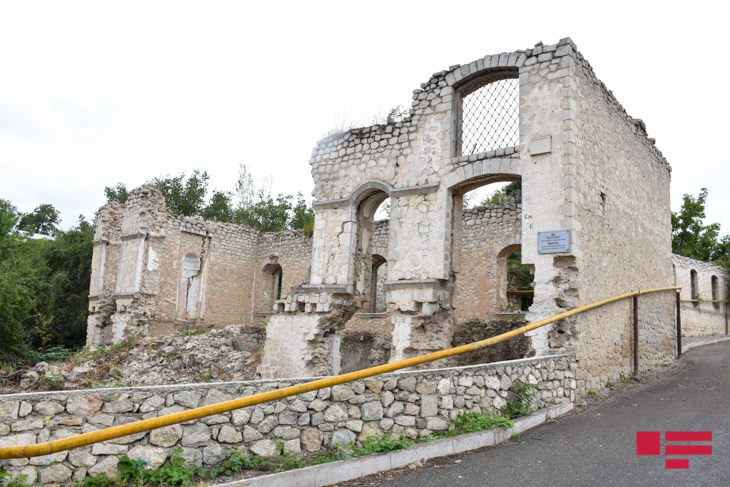
Unknown mosque…
There are two monuments in direction of downwards of land square: mosque and spring. Although an informative board has been hung on both of them, name of mosque has not been noted. Most of facade walls of the monument have been destroyed. Just place of minbar (pulpit) and stone book on it show its being a mosque.
By the way, registration of most historical buildings in Shusha has been conducted and informative boards have been placed on most of the buildings, o which we took photos, by the Ministry of Culture.
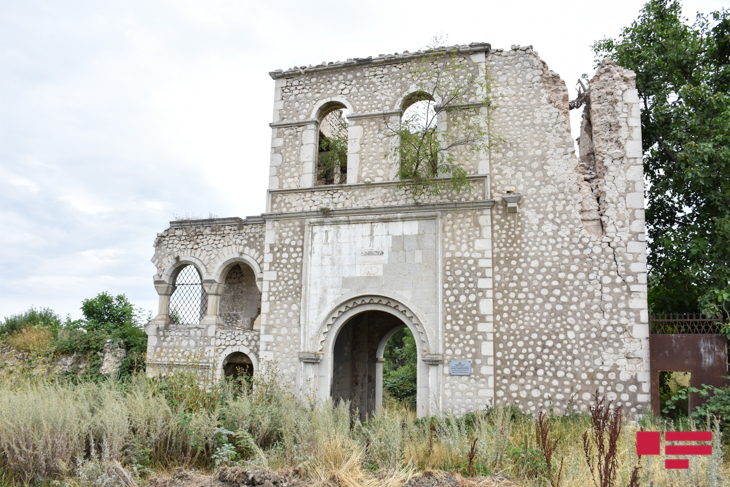
We arrive at Chukhur Settlement. It is one of the downside settlements of Shusha, established in the 18th century. It has been called so as it is situated in the lowest part of the city. There were mosque, bath house, a small square, and a spring here like other settlements, but we can not find any of them. Maybe, all of these monuments have been destroyed. However, I would like to be mistaken too much, I would like that reason for our not finding them to be our non-acquaintance.
Instead, in Chukhur settlement, we find house of Haji Gulu, which was one of the most gorgeous estate of Shusha at those times.
_1629181440.jpg)
Haji Gulu’s estate
Construction of the three-story house, which is like a palace, was started in 1849 on the basis of order of Mahammadali’s son Gulu, who was one of the most famous traders of Shusha. The estate, which is known as a Haji Gulu palace, was surprised all in Shusha with its architectural style and national colors. The palace had 46 rooms and two large halls earlier. Unfortunately, Armenians shelled here too during occupation of Shusha in 1992, as a result, main part of the palace was destroyed, there have been left just main wall of the palace, which had a like-arch entrance and stairs taking to upper floors. However, even seeing these remnants is enough to imagine the gorgeousness of the estate of the Haji Gulus earlier.
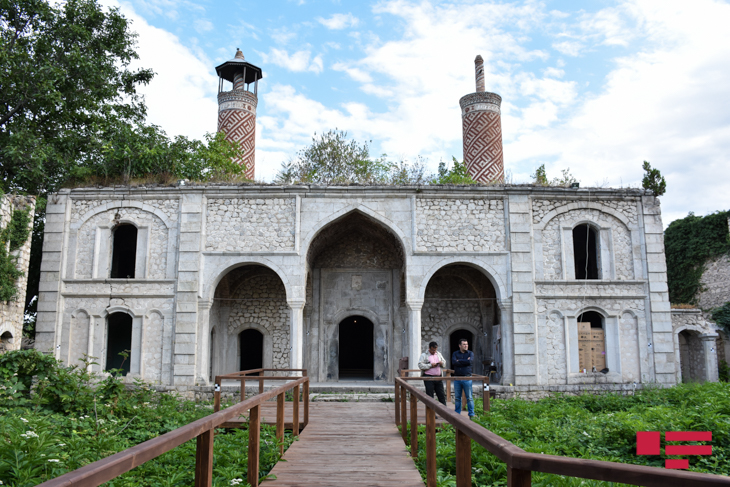
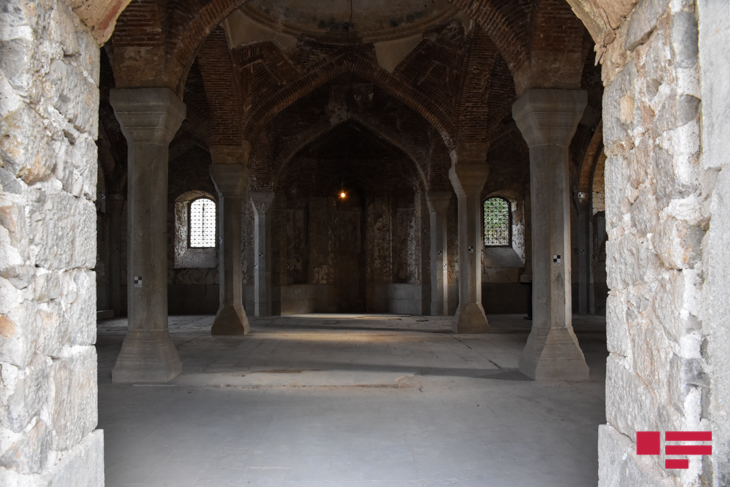
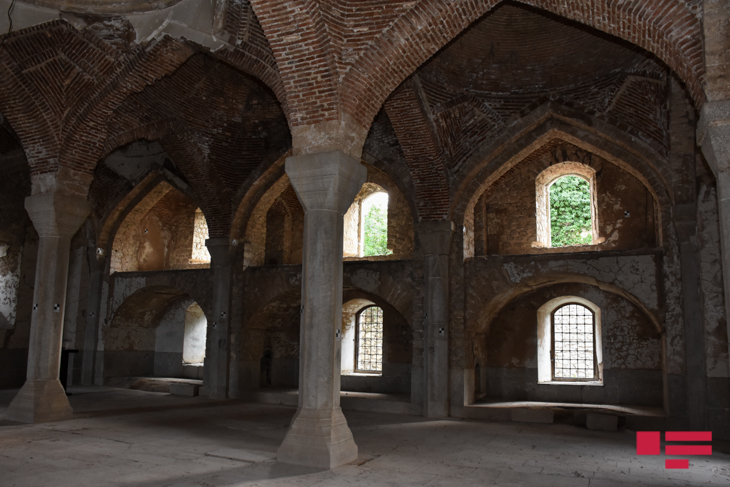
Ashaghi Govhar Agha Mosque
After completing our shooting in Chukhur settlement, we leave for Gapan square. Ashaghi Govhar Agha Mosque, which is one of the architectural pearls of Shusha and registered by the Ministry of Culture as a significant historical-cultural monument of the country, is located here.
Ashaghi Govhar Agha Mosque, which is considered the second Juma Mosque of the city, has been known with names of both “Ashaghi Mosque” and “Kichik Mosque.” It was constructed 9 years before Yukhari Govhar Agha Mosque in 1874-1875 by Karbalayi Safikhan Garabaghi.
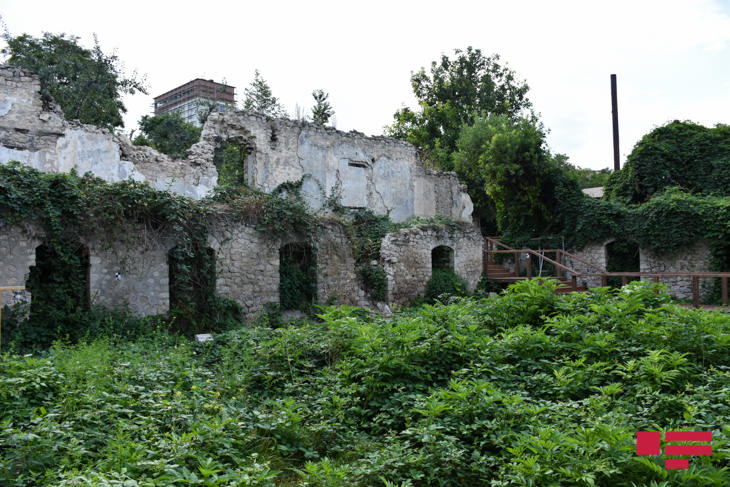
The area is noted with a madrasa nearby mosque in the General Plan of Shusha for 1855. Probably, Ashaghi Govhar Agha Mosque was built in the place of this praying house.
There is a balcony with three arches in main – northern facade of the mosque with two tiers. The middle arch of the Ashaghi Govher Agha Mosque is arrow-shaped unlike the semicircular side arches.
Unlike Yukhari Mosque, minarets of Ashaghi Mosque are not in the fore facade, in the back facade. Circular minarets of Ashaghi Mosque were build of brick. Unlike to Yukhari Mosque, different geometric carvings have not been used during decoration of minarets here, just an expression of “Allah”, written in geometric form, is repeated as a twining ribbon.
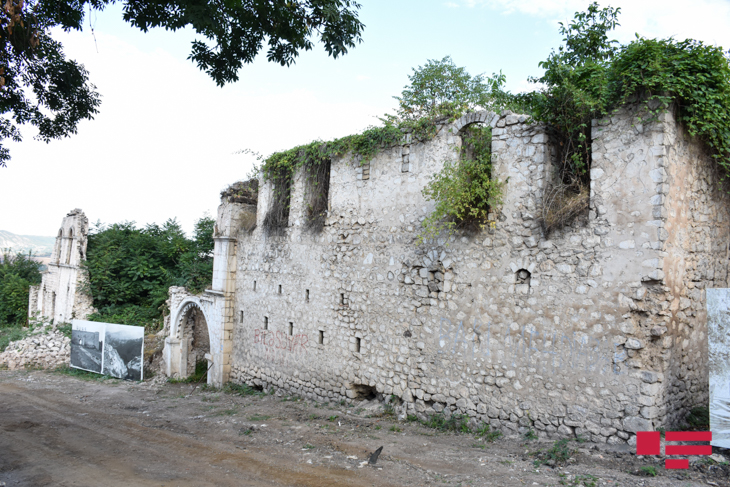

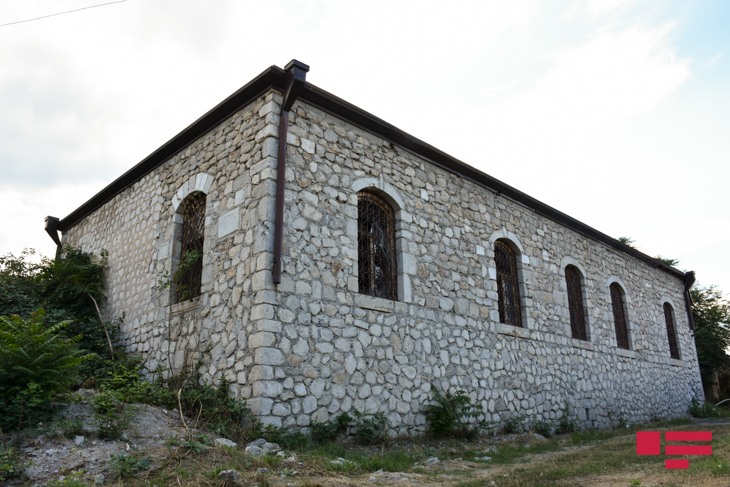
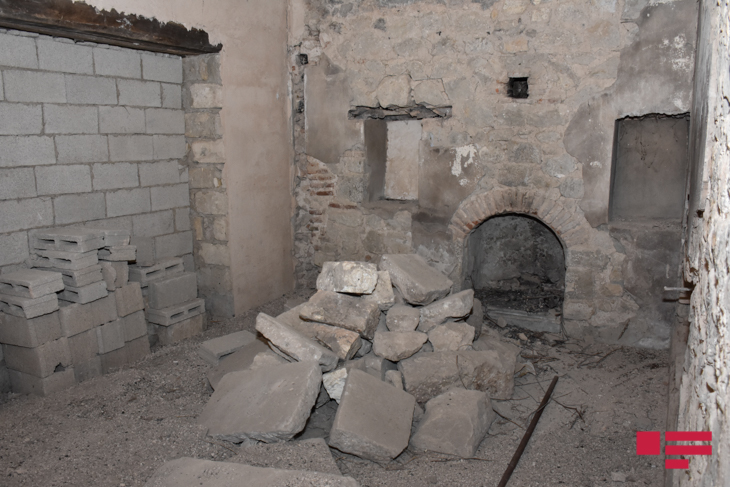
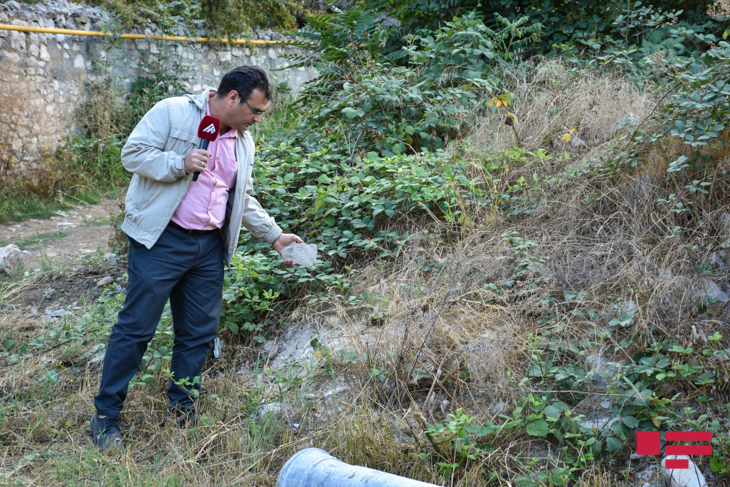
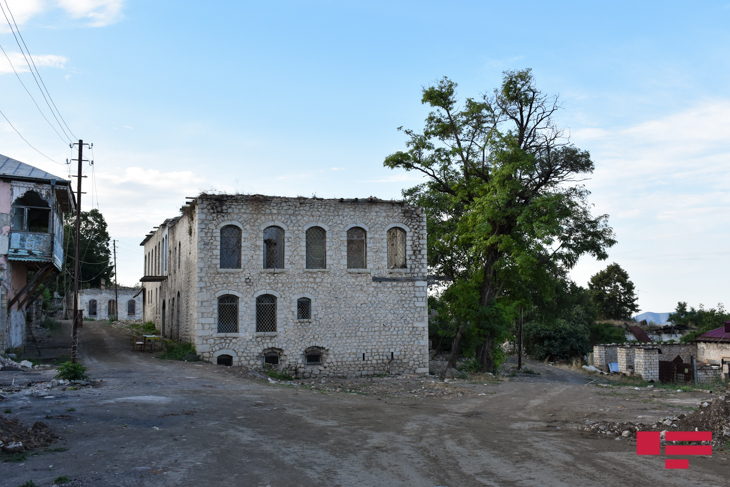

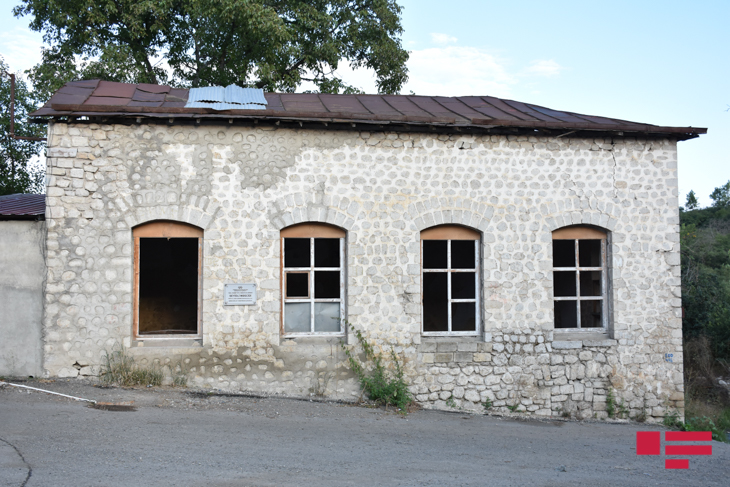

Seyidli Mosque
Seyidli Mosque is situated in Seyidli settlement on way to Jidir Duzu Plain. This small settlement mosque does not almost differentiate from other mosques with its current condition either and reminds local residence estates.
In the neighborhood of the mosque there is the house of Mashadi Gara (at this point the devil whispers in my ear that maybe the prototype of the famous image of MF Akhundzadeh was the owner of this house, how can we know?), which is protected as a monument of local importance. Only the walls of this house survived the Armenian looting. Even from a distance, the landscape paintings on the wall of the second floor of the house attract attention. In general, I must say that there are enough houses in Shusha that are distinguished by their architecture.

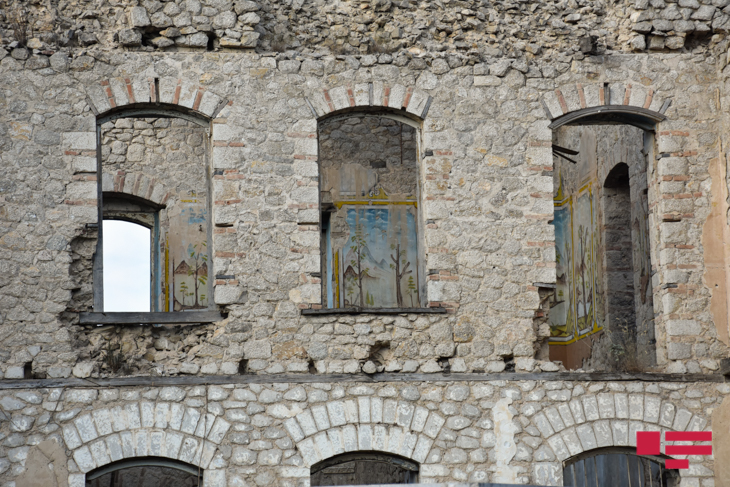
The lights of the already functioning facilities, residential houses, streets, the Yukhari Govhar Agha Mosque, the square in front of the Executive Power are turning on. I can not believe. We will spend this night in Shusha, as well as tomorrow night. I thought we would never be able to set foot in Karabakh or Shusha again.
As the years of separation from these lands dragged on, I, like many others, lost hope and confidence when I heard such tautological ideas as "We will liberate Karabakh" and "Next year we will celebrate Novruz in Shusha and the Cidir plain." Now, when I see the darkness in Shusha, the slow withdrawal of tired people from the streets (those who work in Shusha, those who rebuilt it), and the lights on, I feel like a sweet dream. With this sweet dream we add the song " Şuşanın dağları" performed by Khan Shushinsky and hum the words " Şuşada axşamlar yanar ulduzlar" together with Khan's voice and walk around the streets of the city.

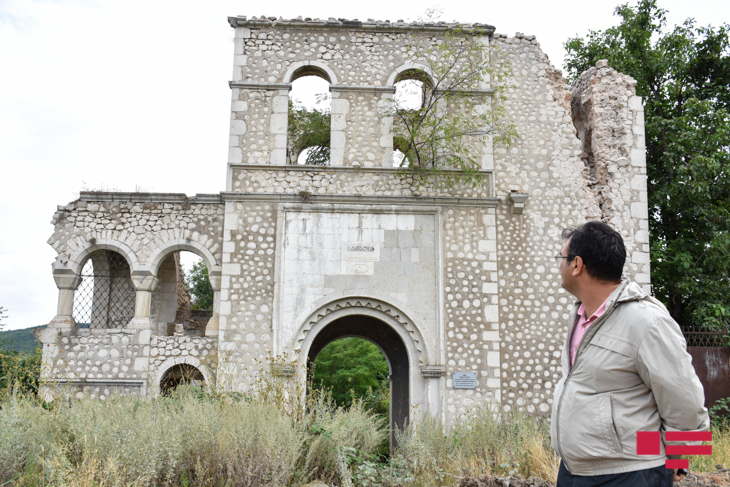


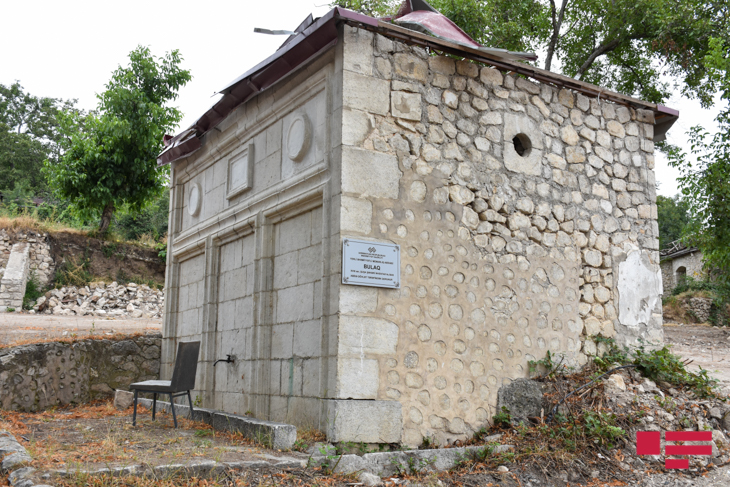
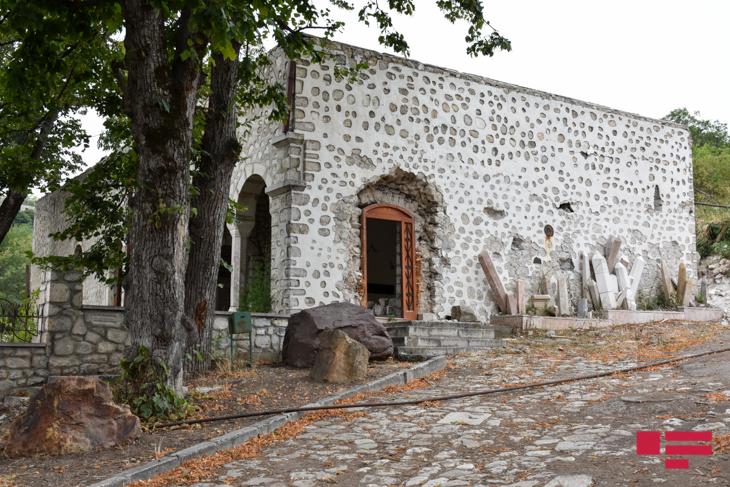
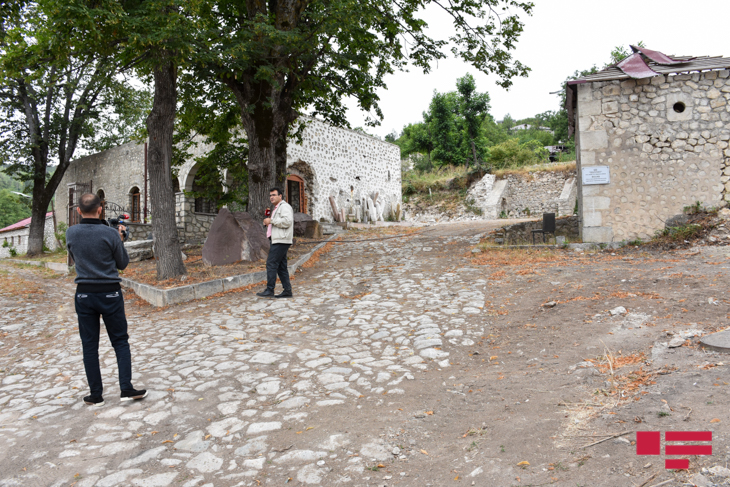
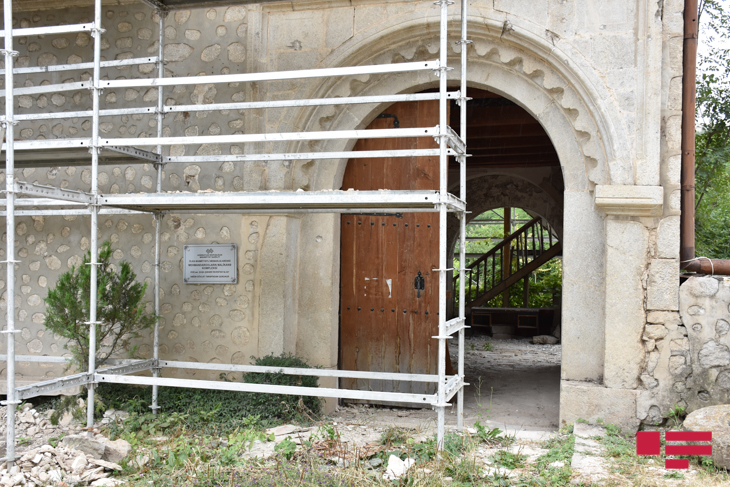

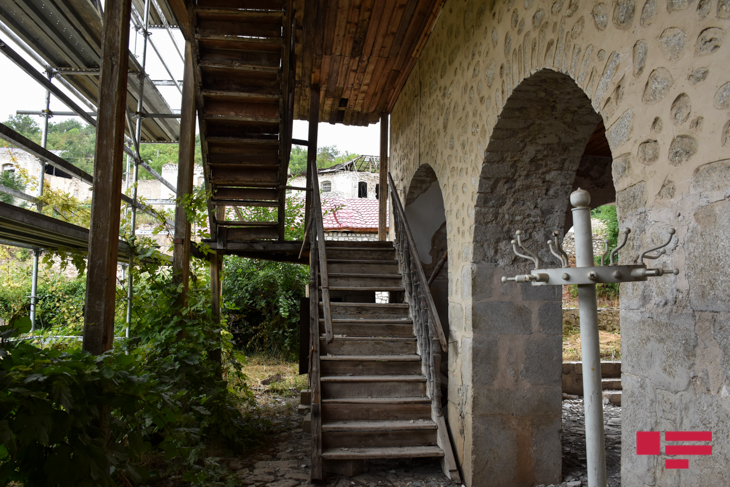


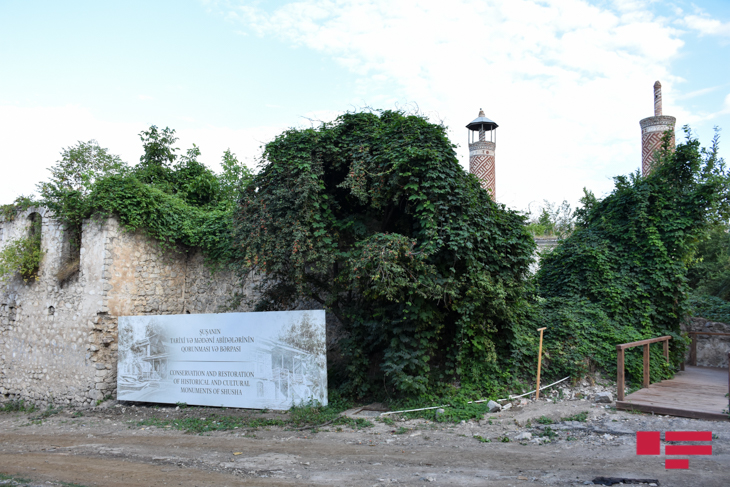



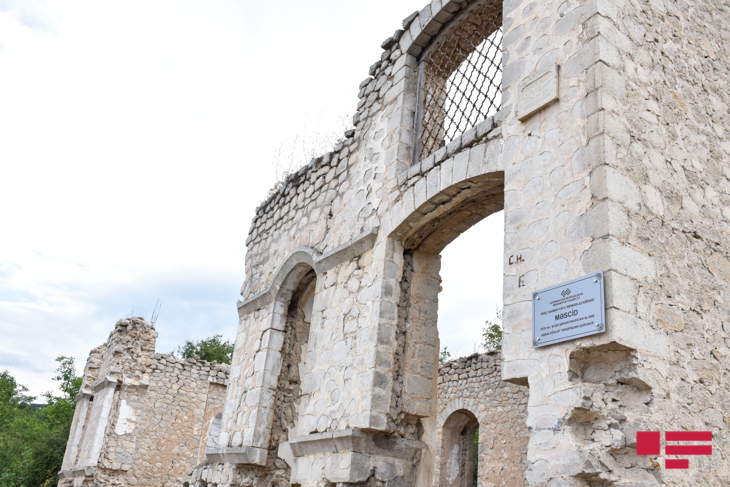
(To be continued)
Photo- Ilkin Nabiyev ©APAGROUP


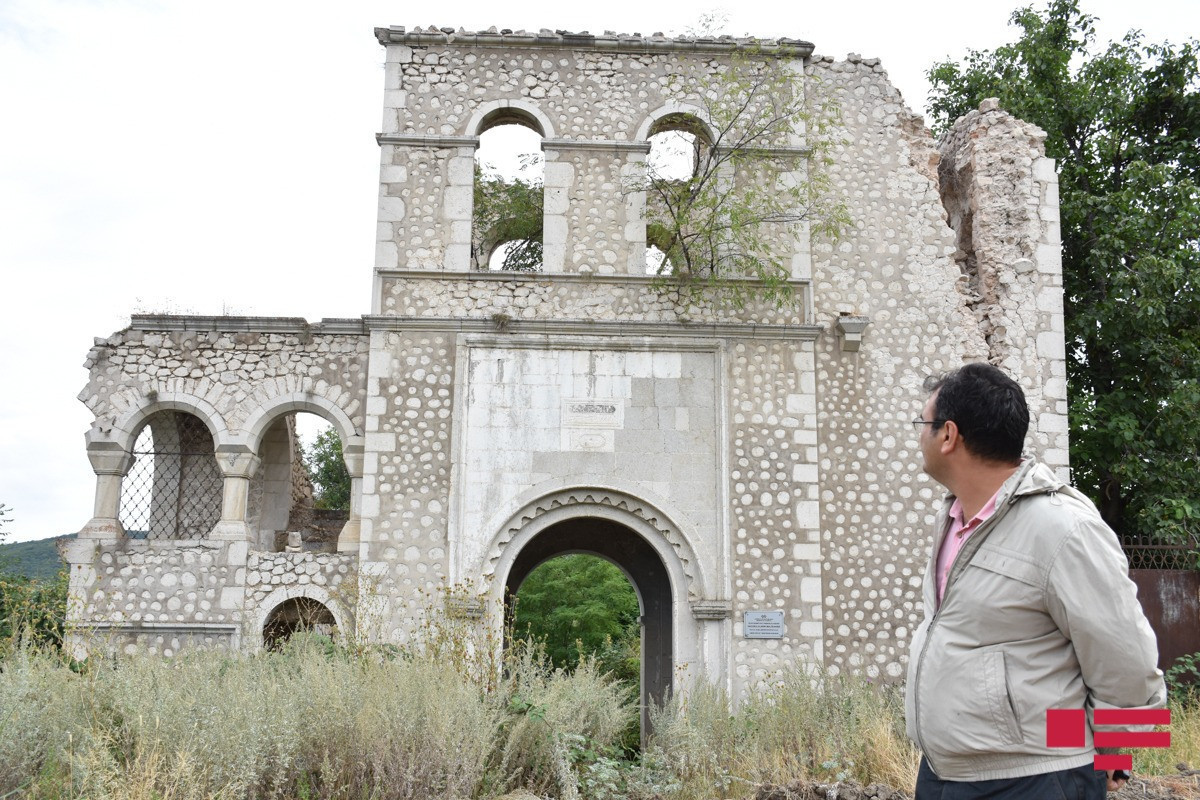
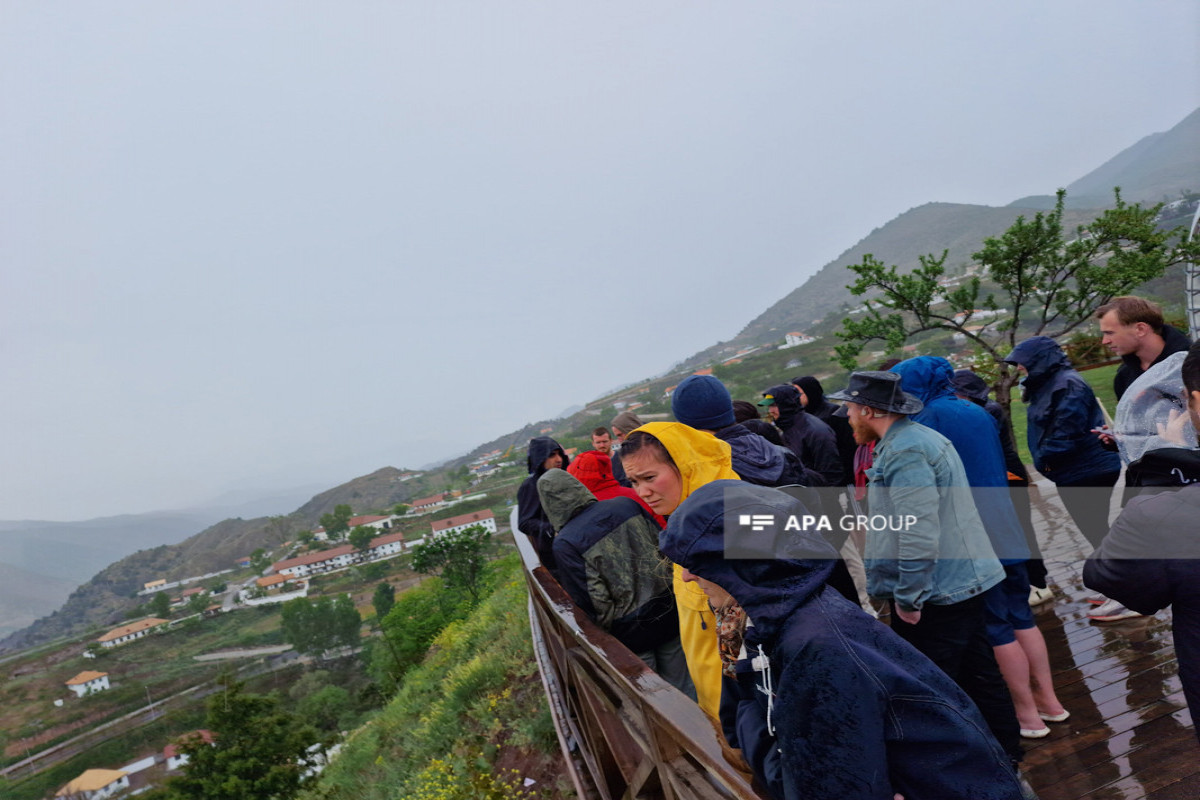 PHOTO'>
PHOTO'>

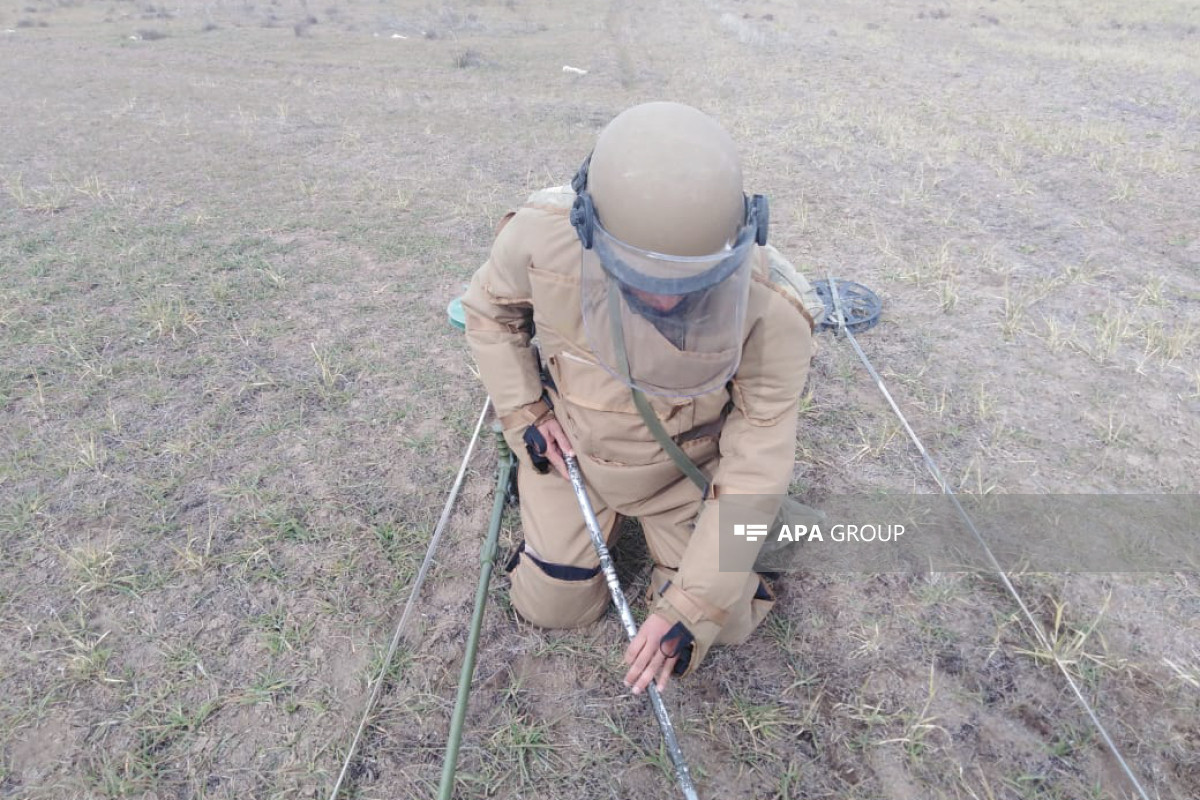
 PHOTO'>
PHOTO'>